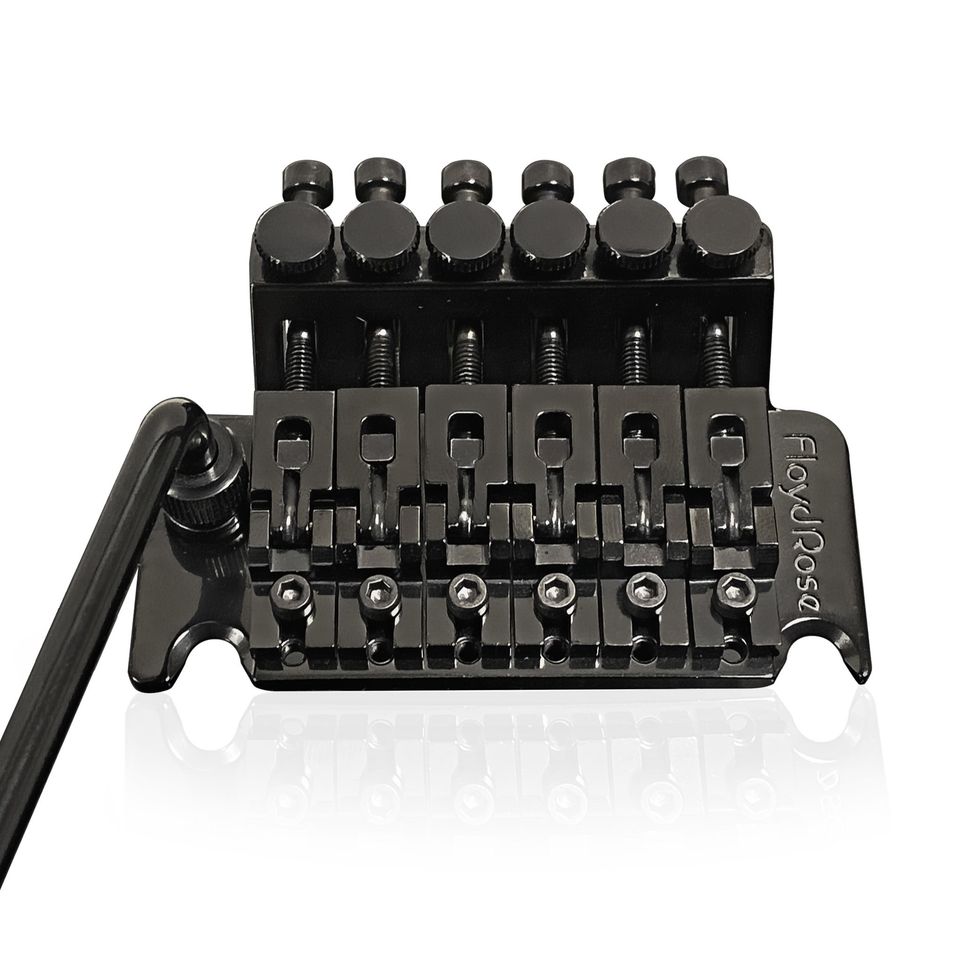Bourgeois Guitars D-Vintage Deluxe
The flattop gurus at Bourgeois Guitars really focused on some high-end, pre-war features for this D-Vintage Deluxe model. It sports torrefied Adirondack spruce top with Brazilian Rosewood back and sides, thru-cut saddle, relic Waverly tuners. MSRP will be around $14k.
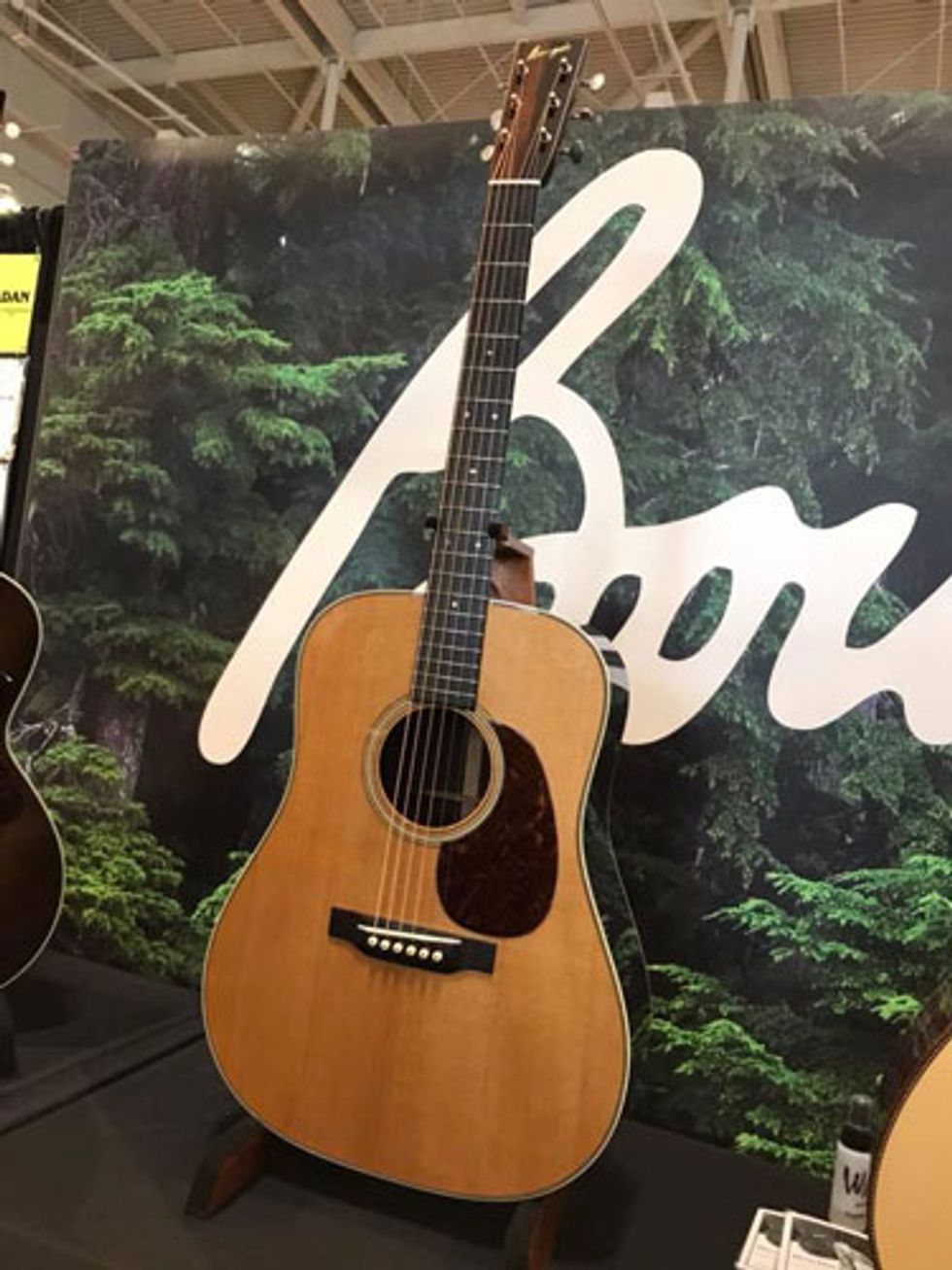
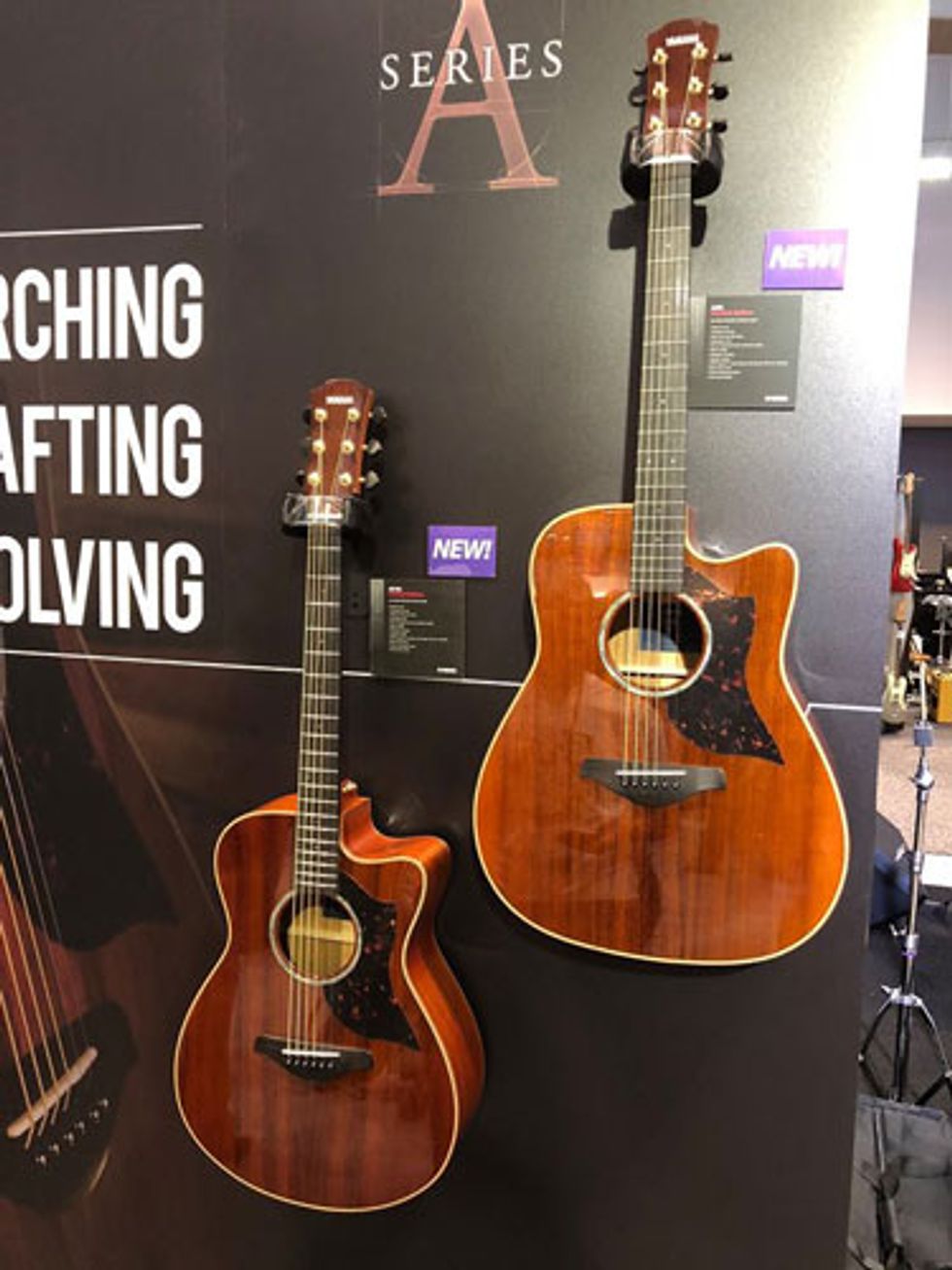
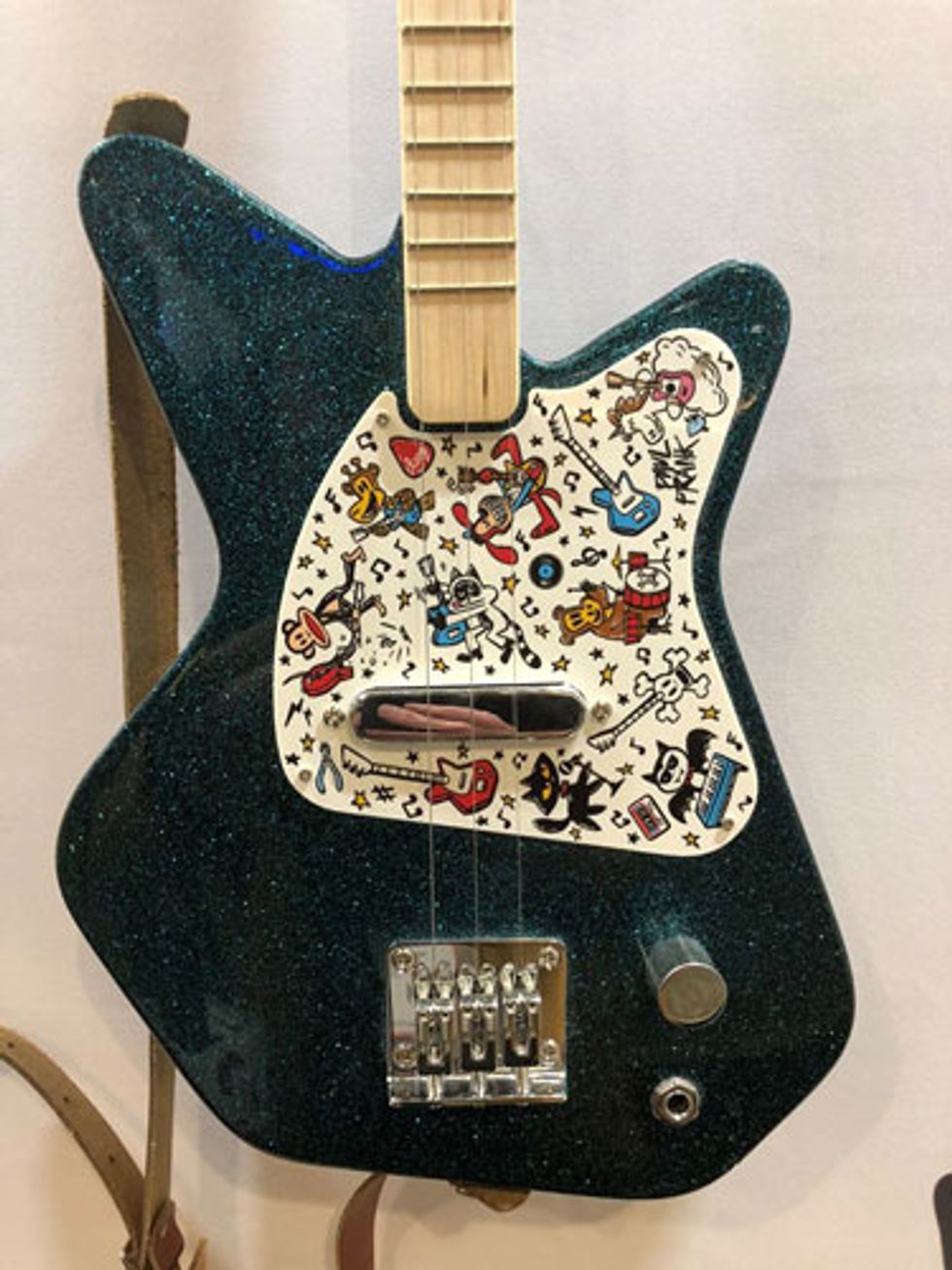
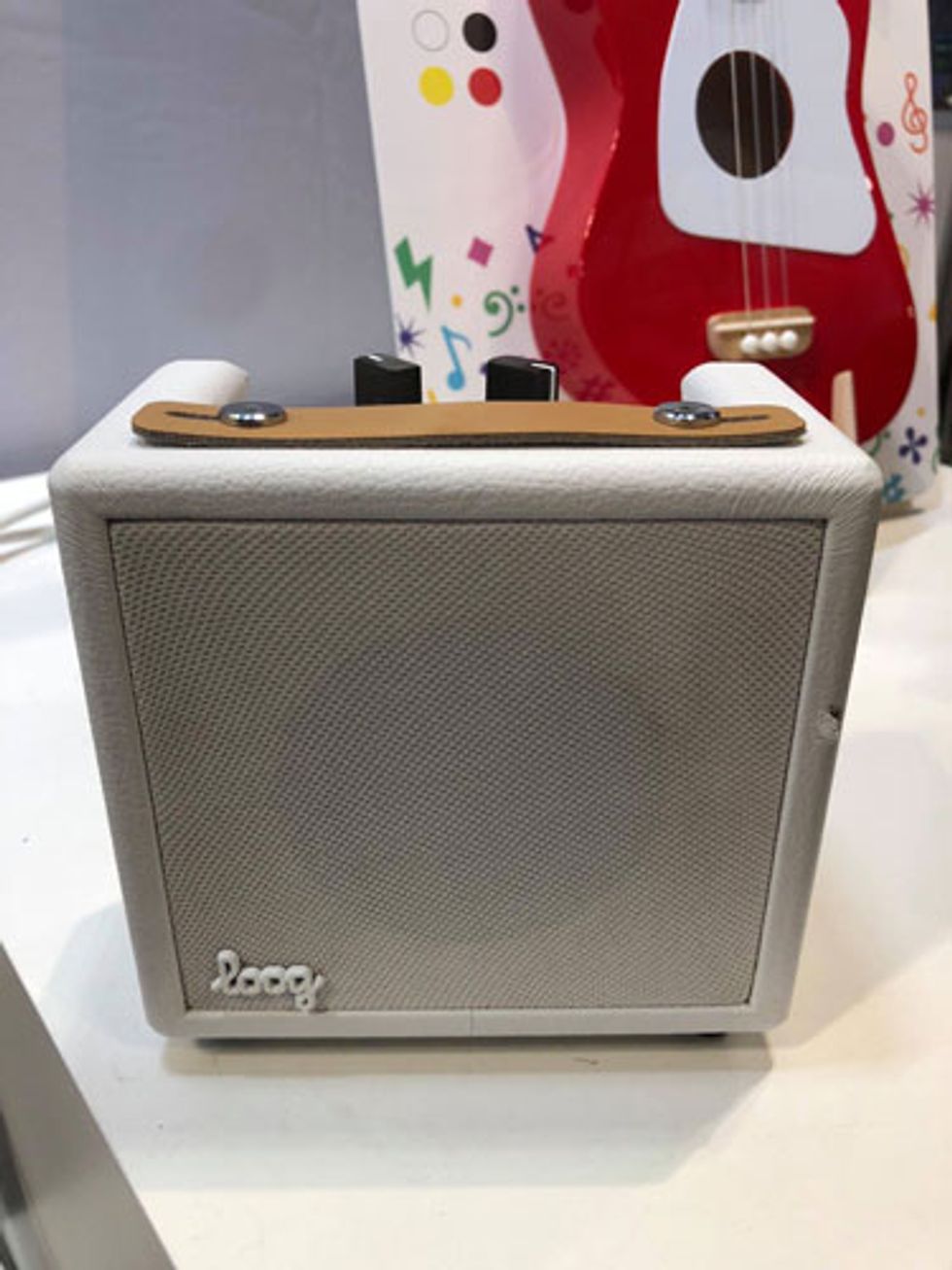
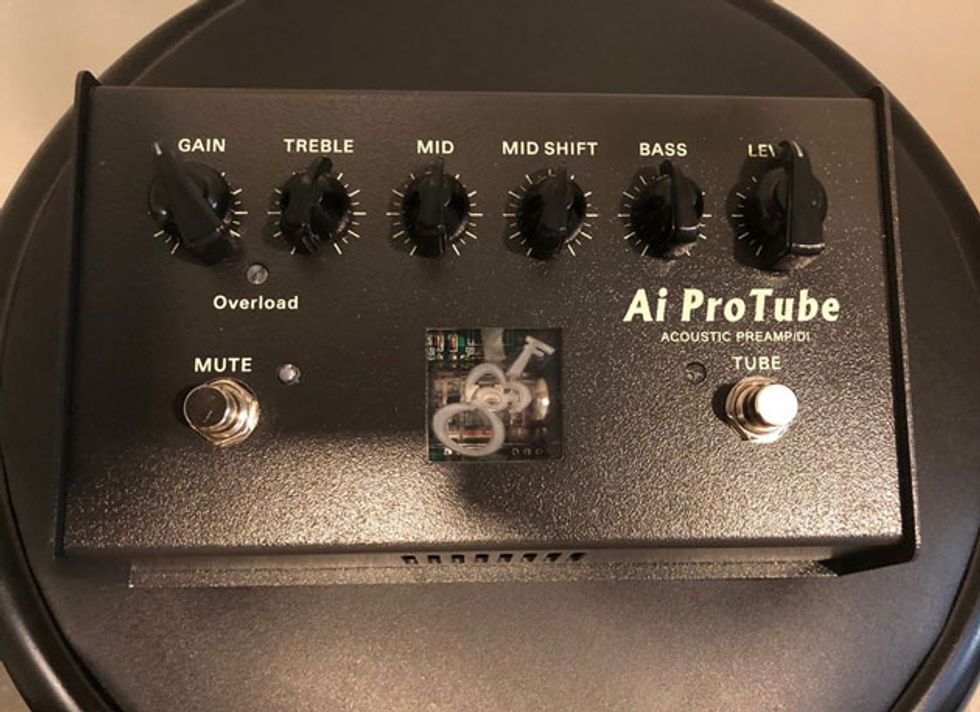


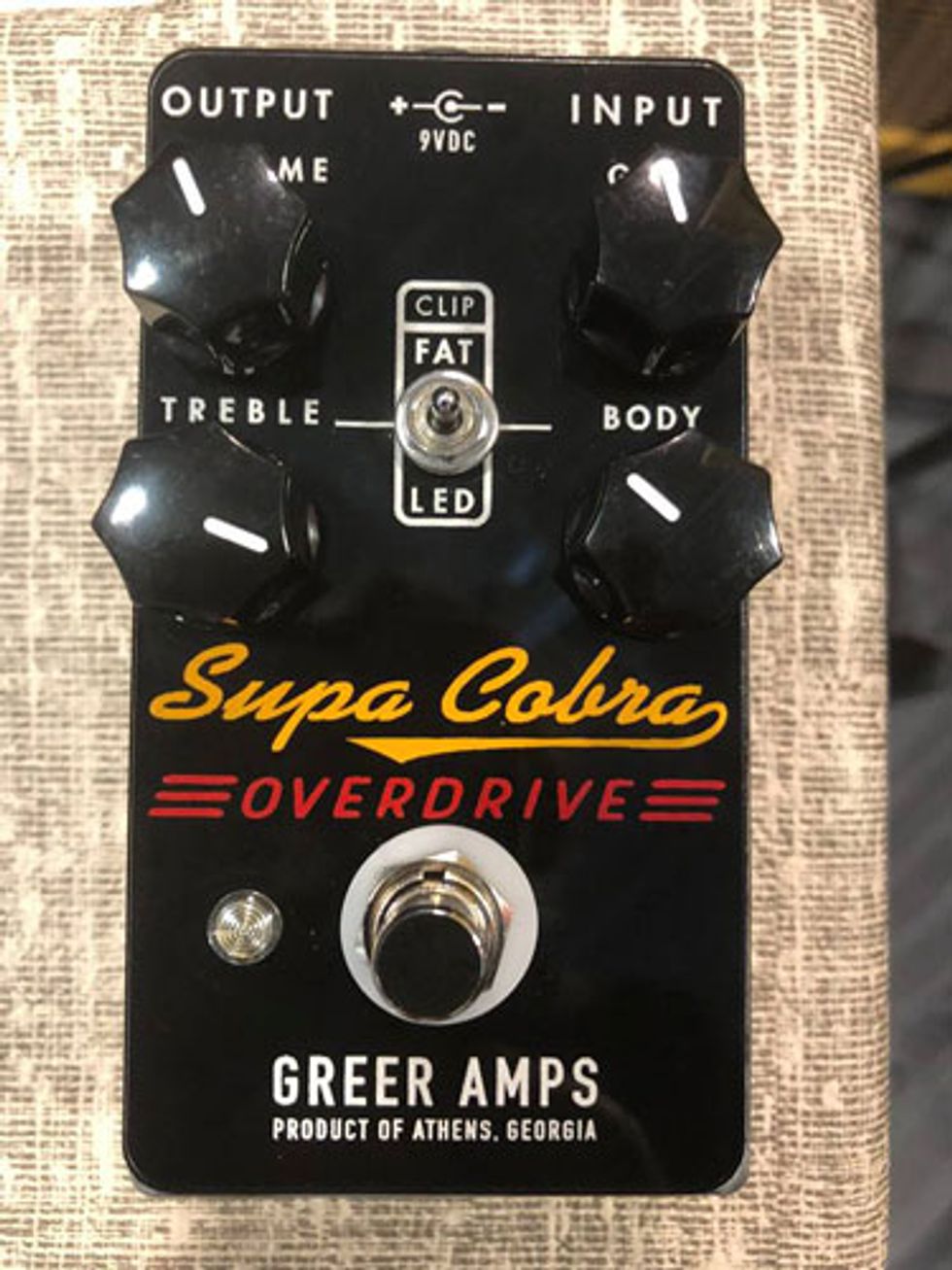
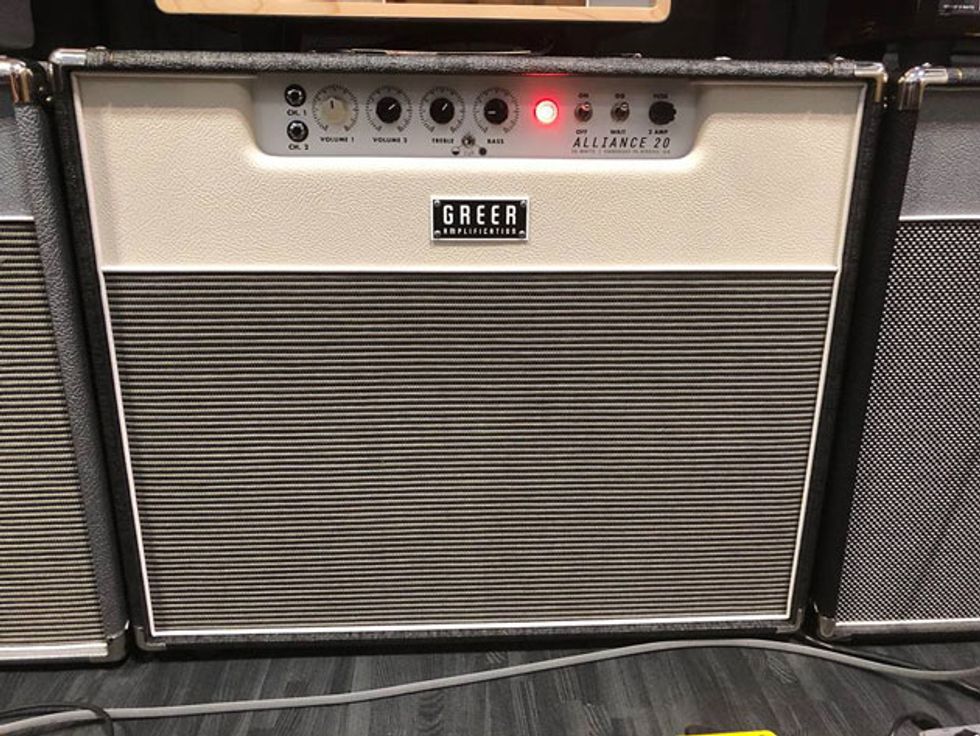
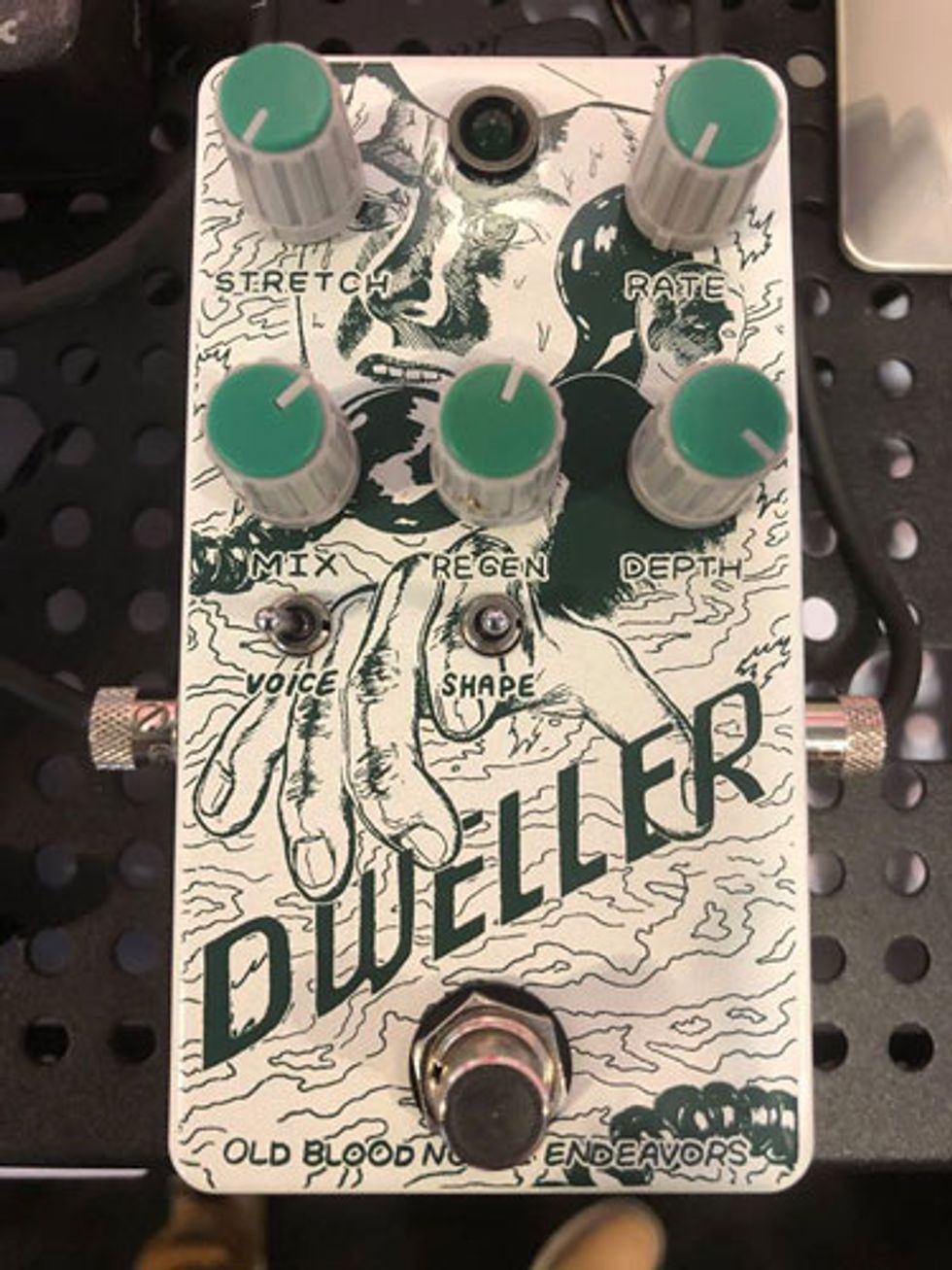
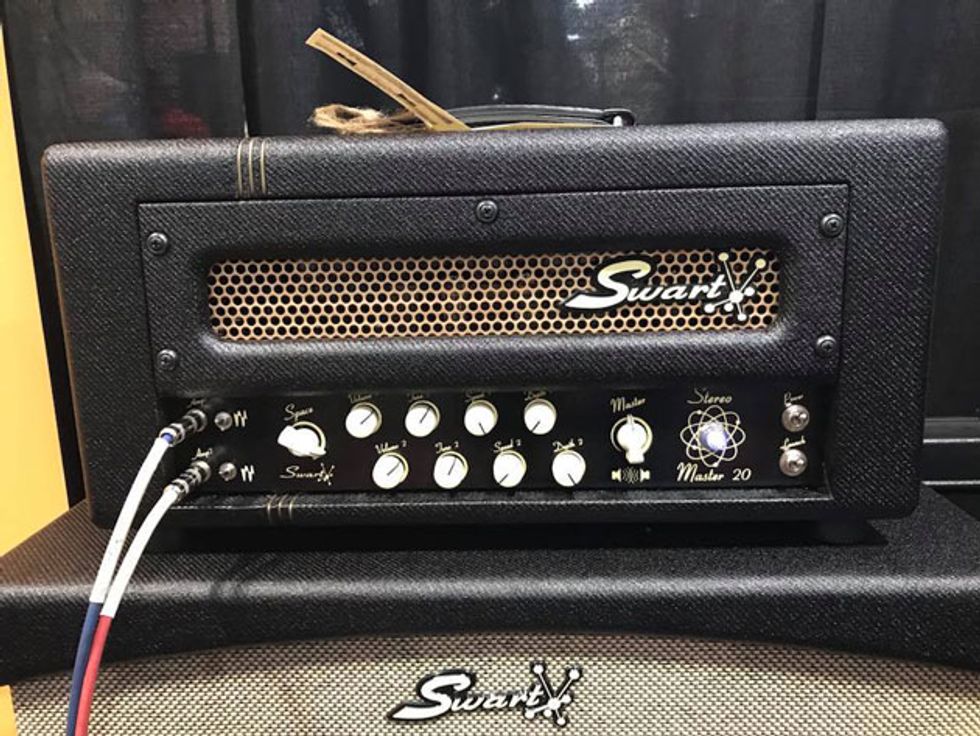
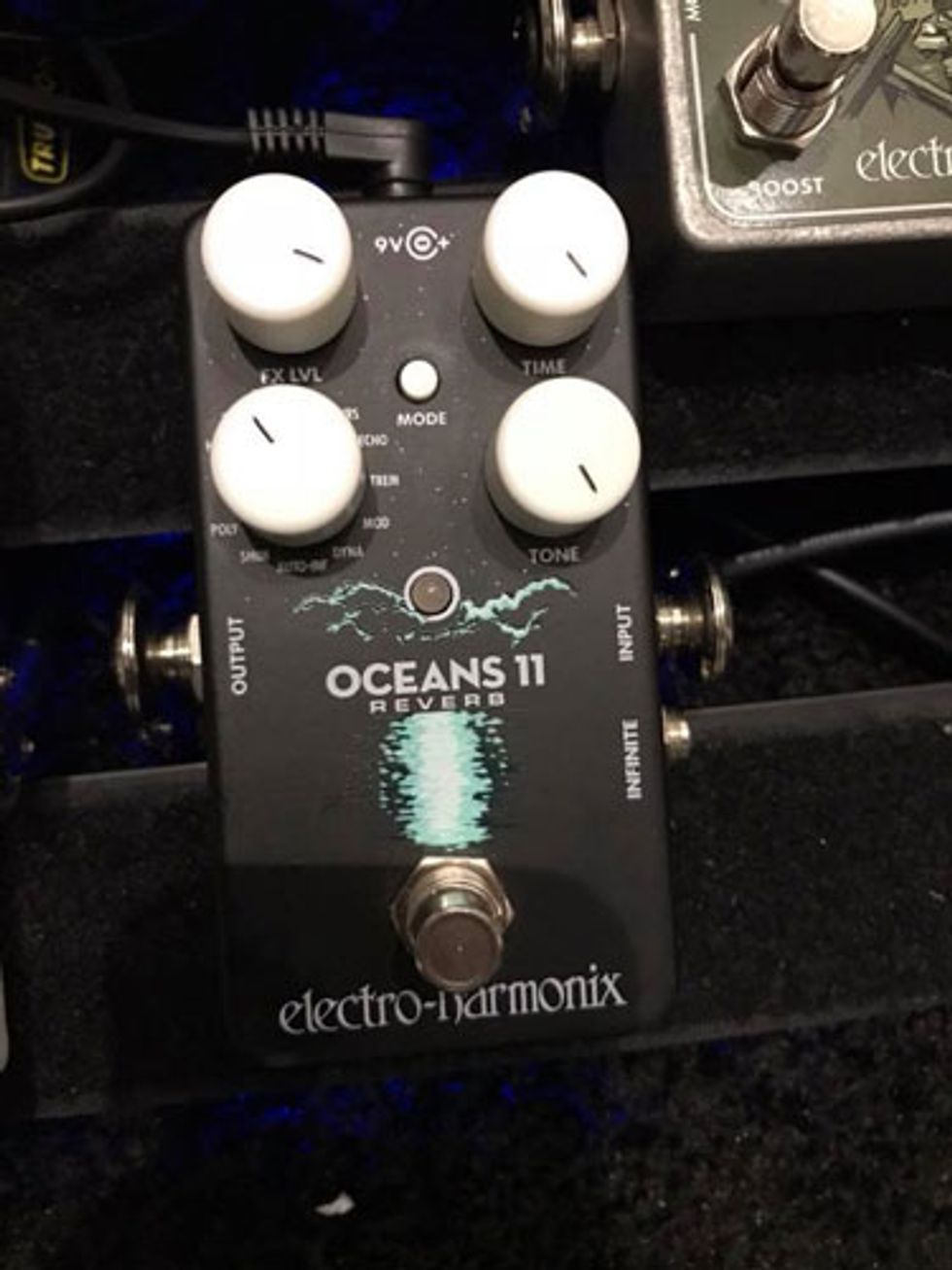
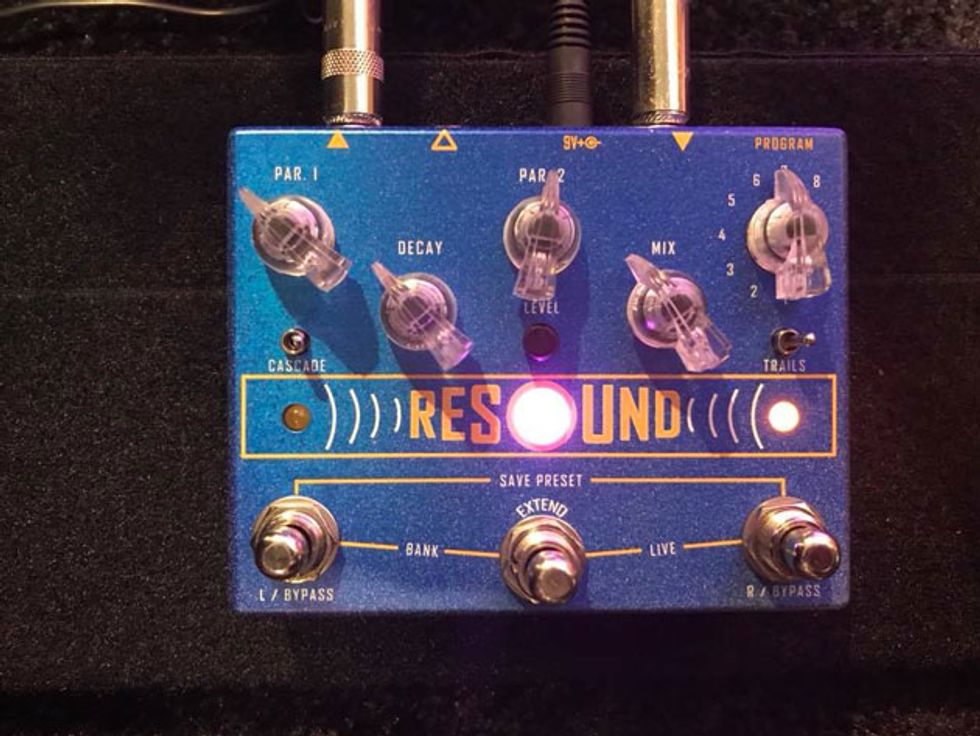
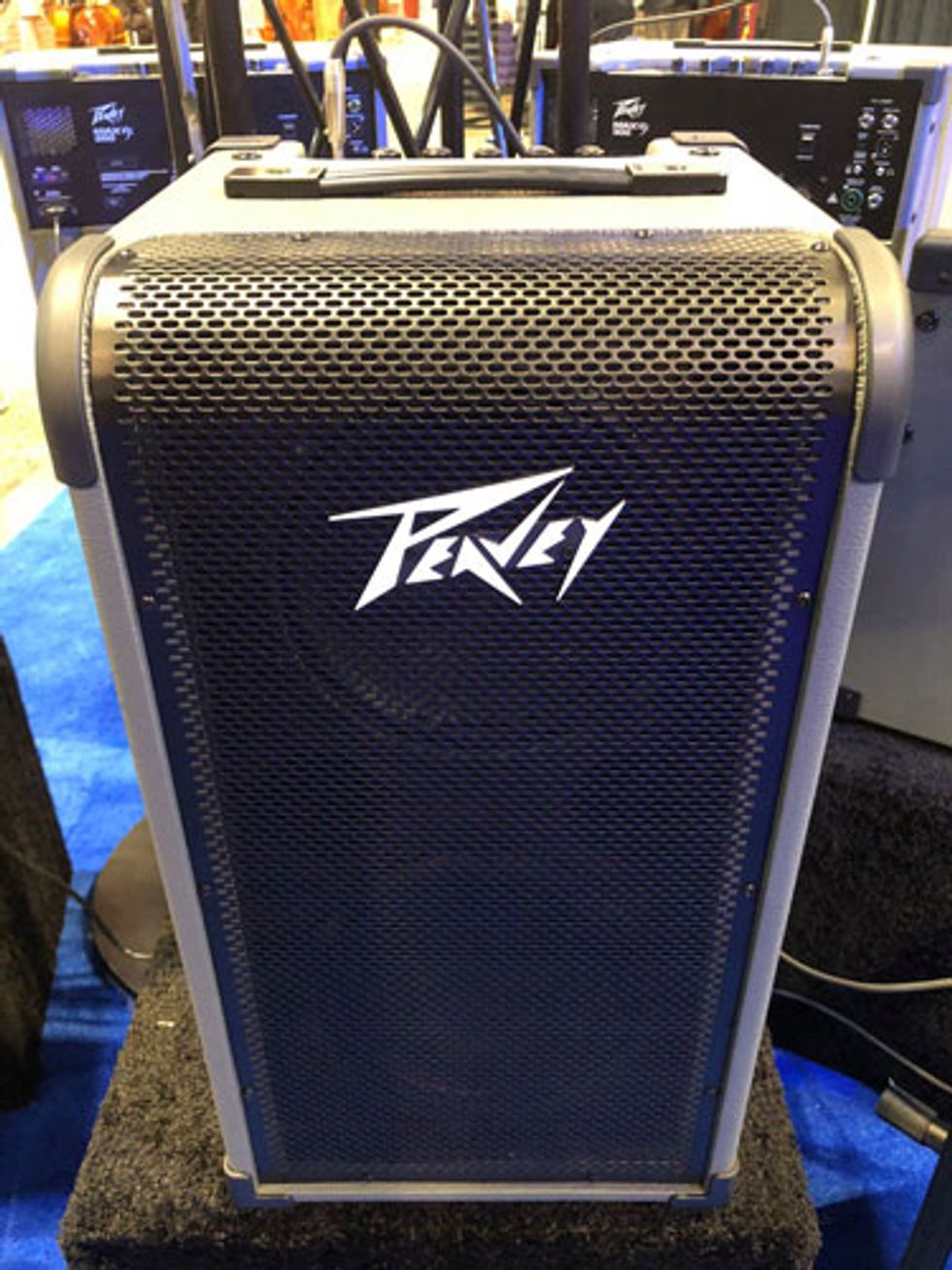













 Zach loves his Sovtek Mig 60 head, which he plays through a cab he built himself at a pipe-organ shop in Denver. Every glue joint is lined with thin leather for maximum air tightness, and it’s stocked with Celestion G12M Greenback speakers.
Zach loves his Sovtek Mig 60 head, which he plays through a cab he built himself at a pipe-organ shop in Denver. Every glue joint is lined with thin leather for maximum air tightness, and it’s stocked with Celestion G12M Greenback speakers.








![Devon Eisenbarger [Katy Perry] Rig Rundown](https://www.premierguitar.com/media-library/youtube.jpg?id=61774583&width=1245&height=700&quality=70&coordinates=0%2C0%2C0%2C0)
































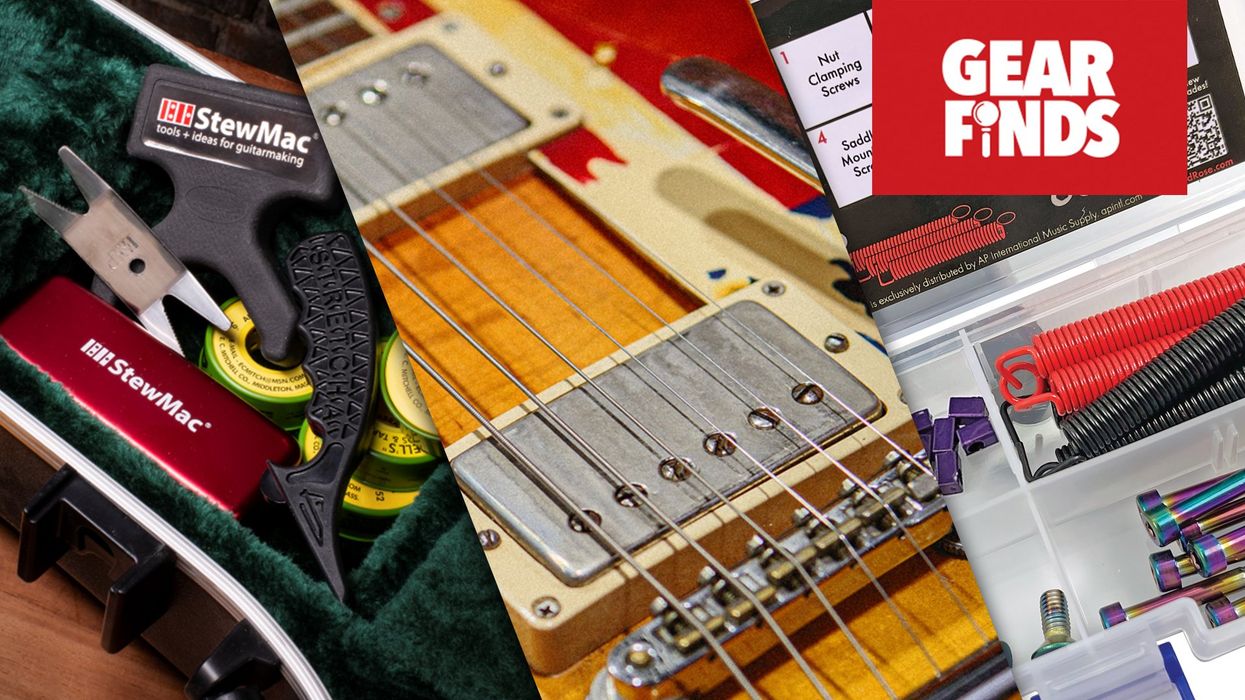
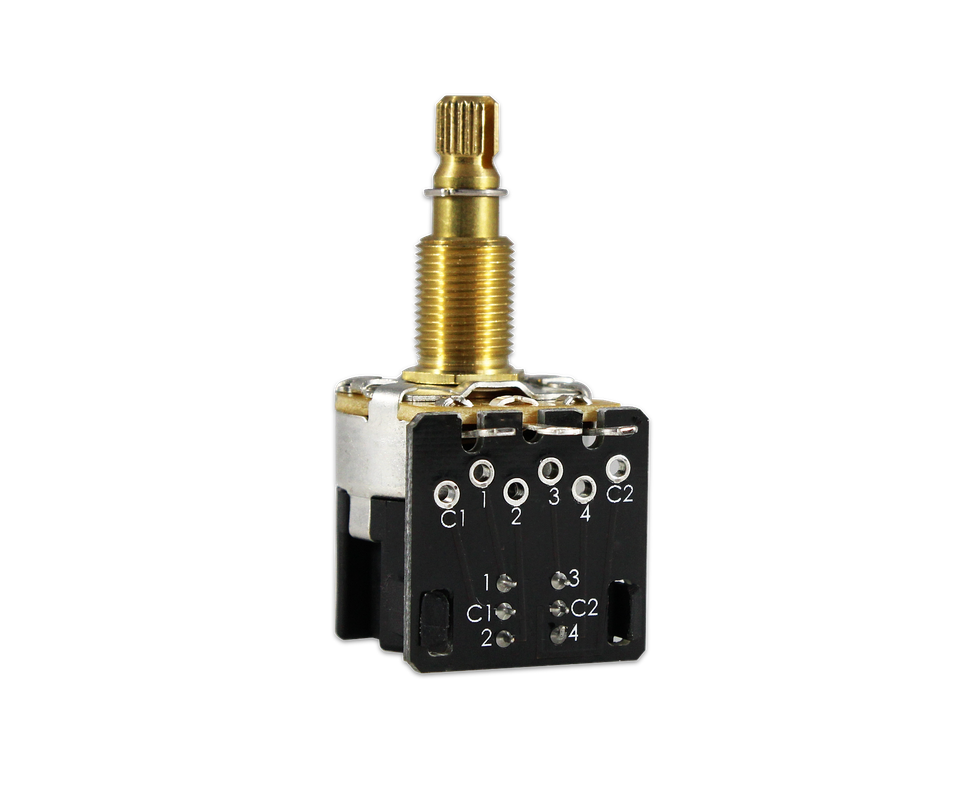
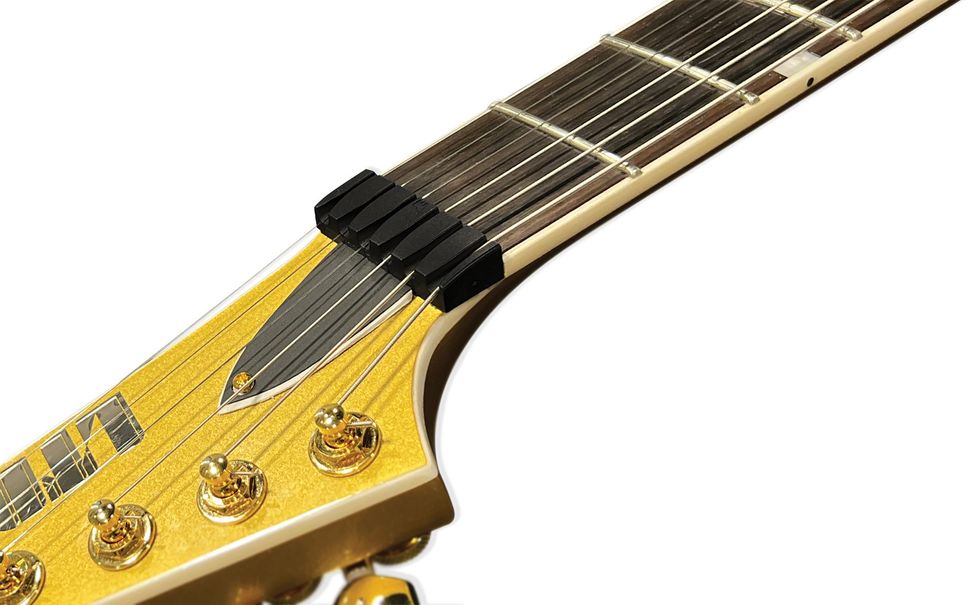
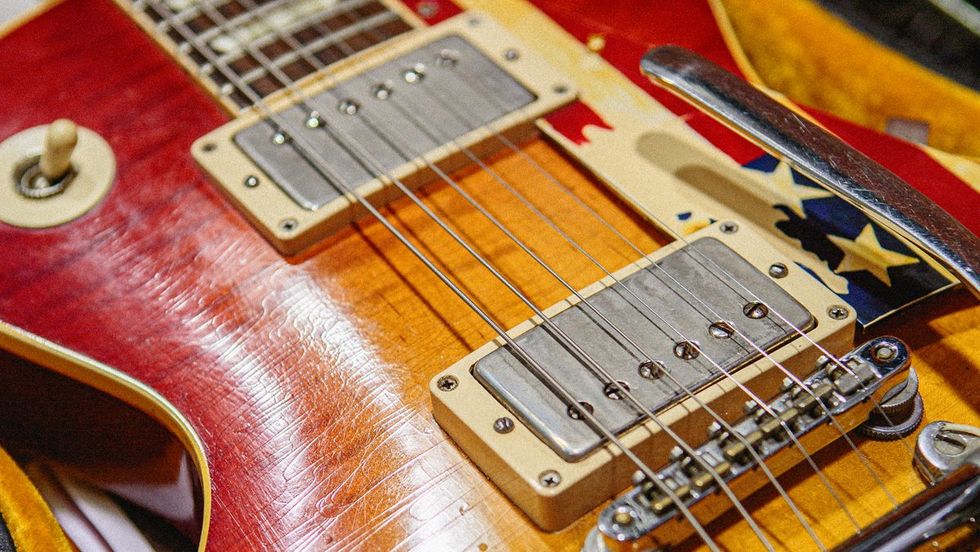
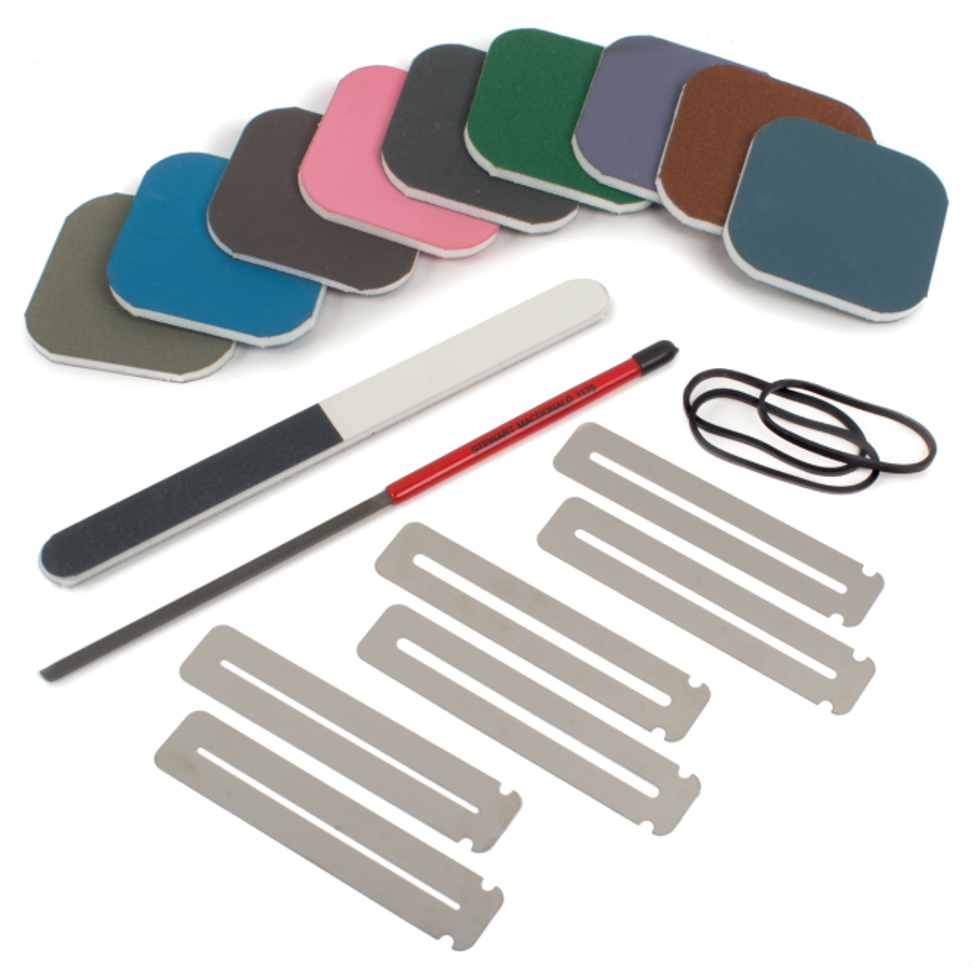
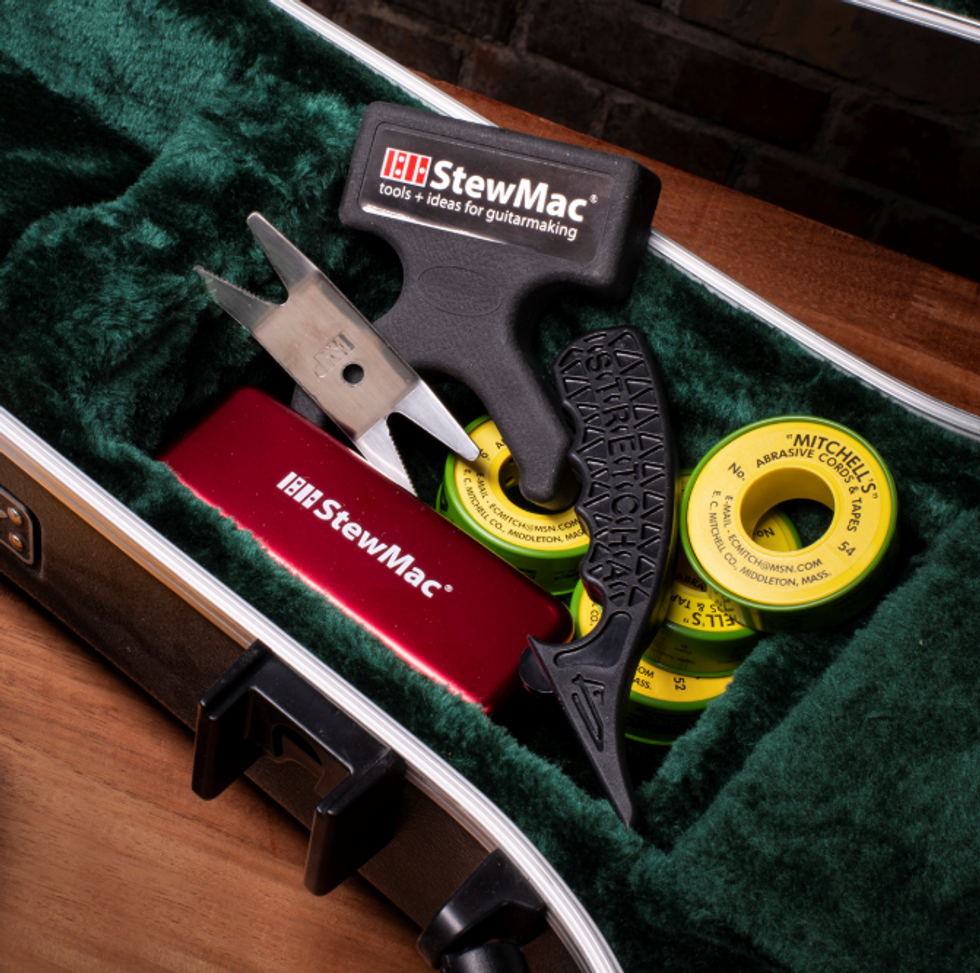 StewMac
StewMac